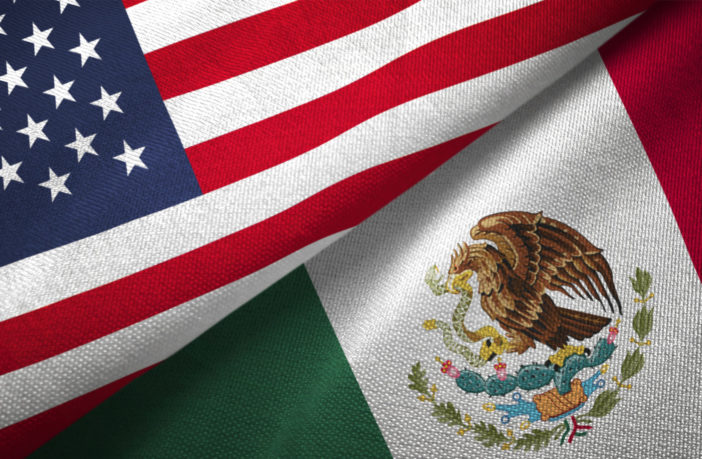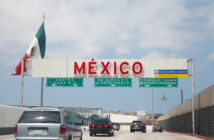There is good news and bad news about the U.S.-Mexico migration cooperation agreement that enters its second year this month.
On the positive side, Mexico showed early signs of improved security at its southern border, halting more northbound migrants from Guatemala, Honduras and El Salvador. From June through September 2019, the peak migration season, Mexican authorities apprehended 81,000 migrants — a 76 percent increase over the 46,000 detained during the same period in 2018.
Meantime, asylum requests to stay in Mexico more than doubled, from 30,000 to 71,000.
“Over the course of one year, the Mexican government has demonstrated not only a willingness to cooperate with the United States on immigration enforcement … but also growing political interest in [pursuing]of its own public and security interests,” said Ariel Ruiz Soto, policy analyst at the Migration Policy Institute (MPI).
There have also been setbacks, due in part to the coronavirus pandemic.
Citing the public health threat, the U.S. has expelled more than 20,000 migrants since March, with most returned to Mexico. Mexican President Andrés Manuel López Obrador, under an amended agreement with Washington, accepted the returns. Then, quickly overwhelmed by the backflow, Mexico announced it would release all migrants from its detention centers. Just 234 migrants remained in detention as of May 27.
MPI does not say where the thousands of displaced migrants went. But it’s not unreasonable to assume more than a few ended up in the U.S. An earlier MPI study asserted that ongoing COVID-induced travel restrictions can “create greater incentives for clandestine movements [by migrants]. Demand for smugglers to facilitate illicit movements may grow as economies open up.”
It’s too early to say whether another migrant surge lies ahead, and MPI concludes with uncertainty about the ultimate impact of the U.S.-Mexico migration agreement. “It’s unclear whether local and state governments are prepared to address the serious challenges of serving new and growing migrant populations in communities across Mexico,” writes Ruiz Soto.
Roberta Jacobson, U.S. ambassador to Mexico from 2016-2018, avers that even Lopez Obrador’s use of the newly constituted National Guard is proving problematic. “Deploying 25,000 troops at the borders while crime is exploding throughout the country is not sustainable. Going forward, the relationship between the U.S. and Mexico will be tested severely,” she said during an MPI teleconference this week.





1 Comment
Pingback: After 1 Year, US-Mexico Agreement Shows Signs of – India Inc Blog